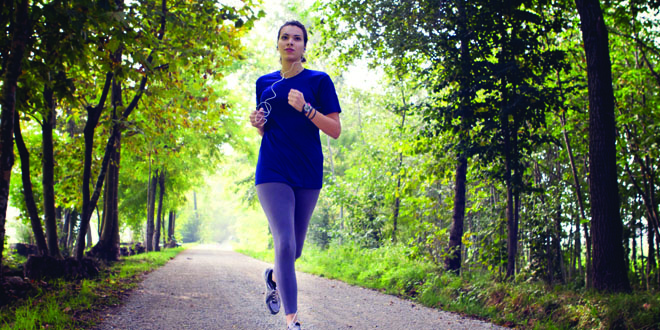
Of Women, Exercise, And A Culture That Won’t Relent
“Regular weight lifting doesn’t make your muscles feel too sore. Unless you skip a day – then you feel it, and then you cry.”
One sultry afternoon I was in half a daze as I slumped over my seat on the university bus, wishing I could magically part the sea of traffic on the road, when this piece of conversation floated into my ears, and being so relatable, nearly made me sit up.
It is indeed a rare thing to hear or overhear such a spirited comment made by a peer about physical exercise in a bus largely occupied by female students, where conversation chiefly revolves around academics – advice, experiences and whining relating to it.
Considering how physically and mentally exhausting a medical school can be, and the fact that students are clearly much more educated about personal health than mainstream society, one would (not unreasonably) be tempted to assume that, by and large, these competent young adults are probably adept at channeling all of that stress and burnout into something positive: like exercise.
Unfortunately, the number of such students is dismally small.
As we inched through the traffic jam, I ran over the litany of excuses traditionally offered to explain our attitude of downplaying exercise from a key element of good health to a frivolous distraction – lack of awareness, strained means and hectic schedules that spare us neither time nor energy. In the case of women health, also factor in a serious lack of opportunities for outdoor activities, and of course the usual stance of a conservative society: that beyond age 12, sports are strictly not the domain of girls.
As holistic physicians-to-be, we are taught as much to read into social clues from a patient as we are taught medicine. We are taught to understand and respect cultural sensitivities, to adjust treatment regimens according to patient affordability, and to draw our diagnoses from an appreciation of patients’ socioeconomic backgrounds and not just from their symptoms. And while we make allowances for these factors, we are forever reminded to be judicious, and not judgmental.
But how far do we go, in making allowances? What do we condone, what do we accept and what do we seek to alter as we tread on slippery ground where cultural norms clash with medical advice? It is okay for a patient to be vitamin D deficient from reduced exposure to sunlight as a consequence of being homebound and heavily veiled; we almost expect it, and our focus is on adequate treatment, not on interfering with tradition.
On the other hand, when an issue such as resistance to polio vaccination presents, the responsible healthcare community will breech no arguments of cultural beliefs; because it is a matter of medical care and we must take the imperative to challenge prevalent misconceptions.
About the author: Rabbia Siddiqi is a medical student at Dow Medical College, Karachi, Pakistan.
Article source AFP

